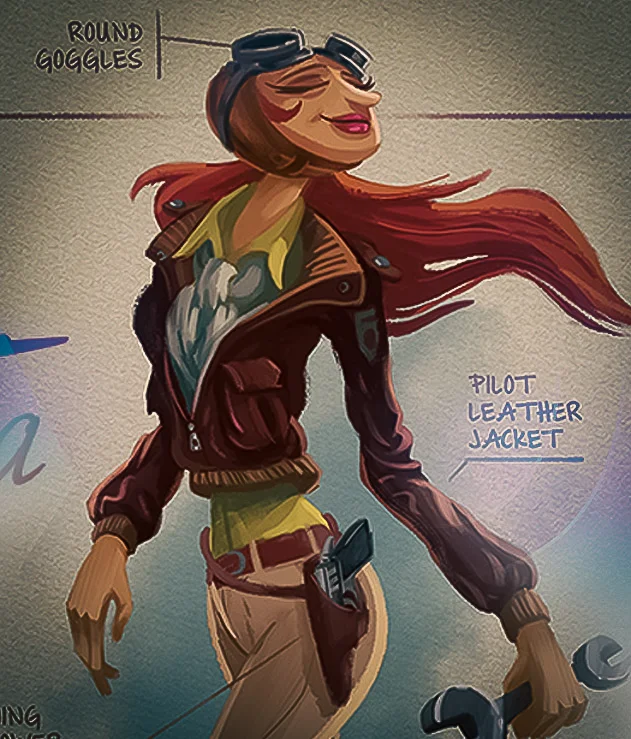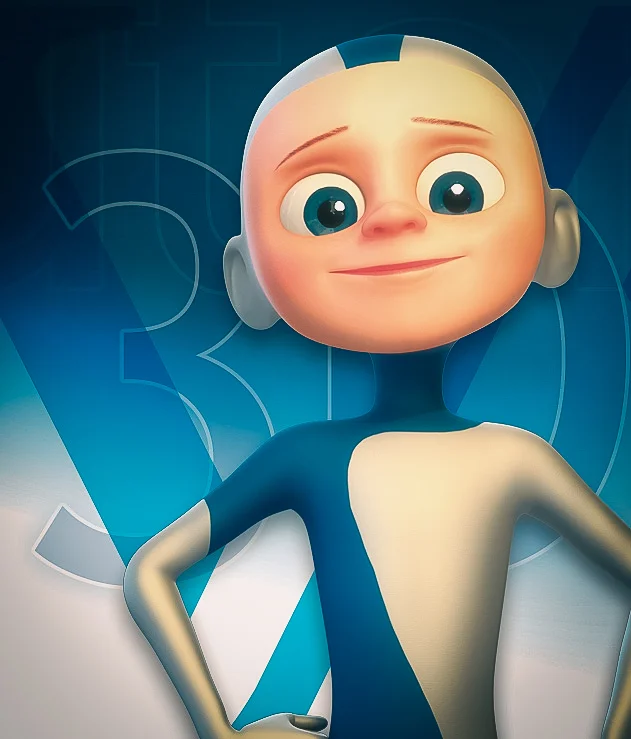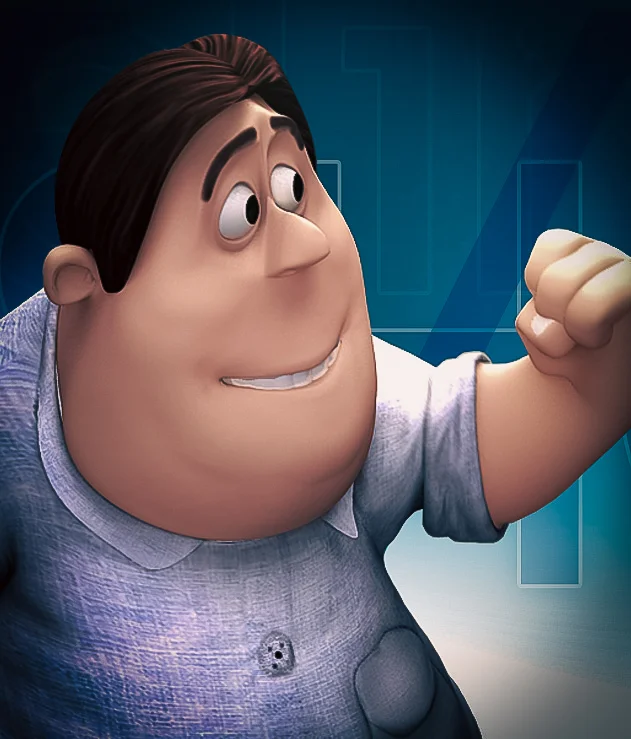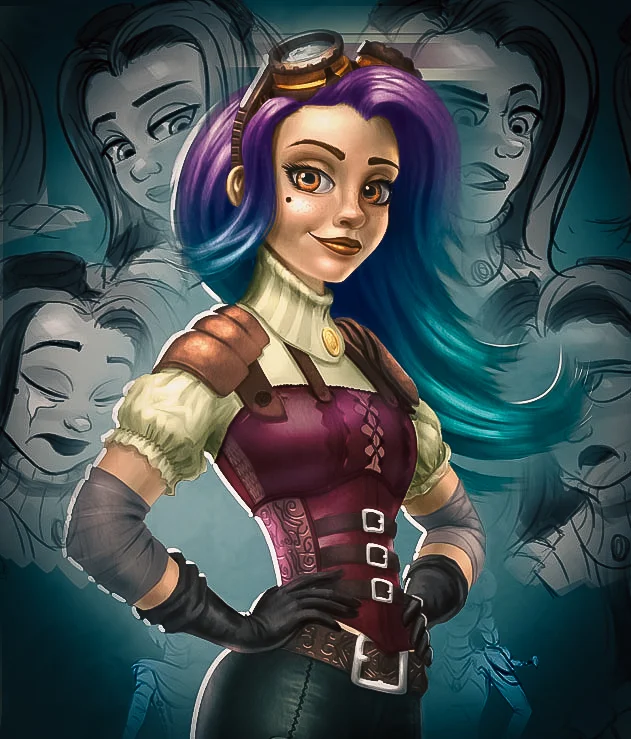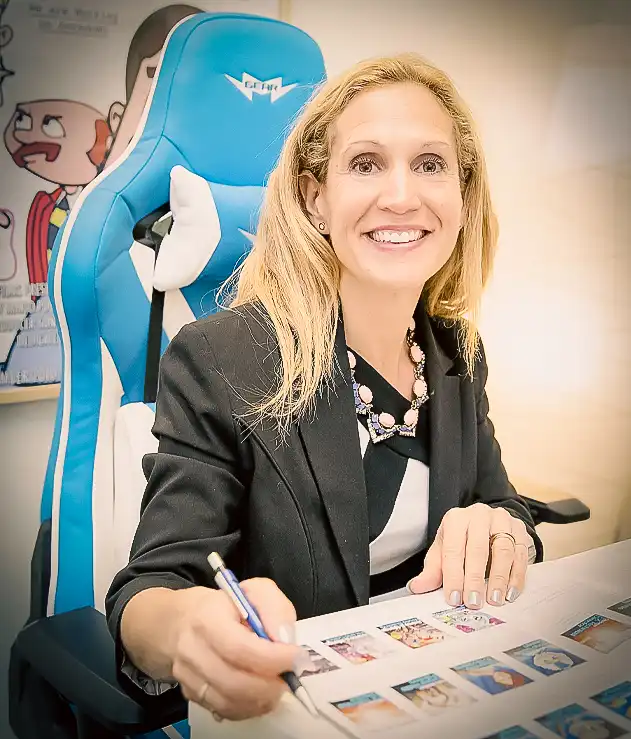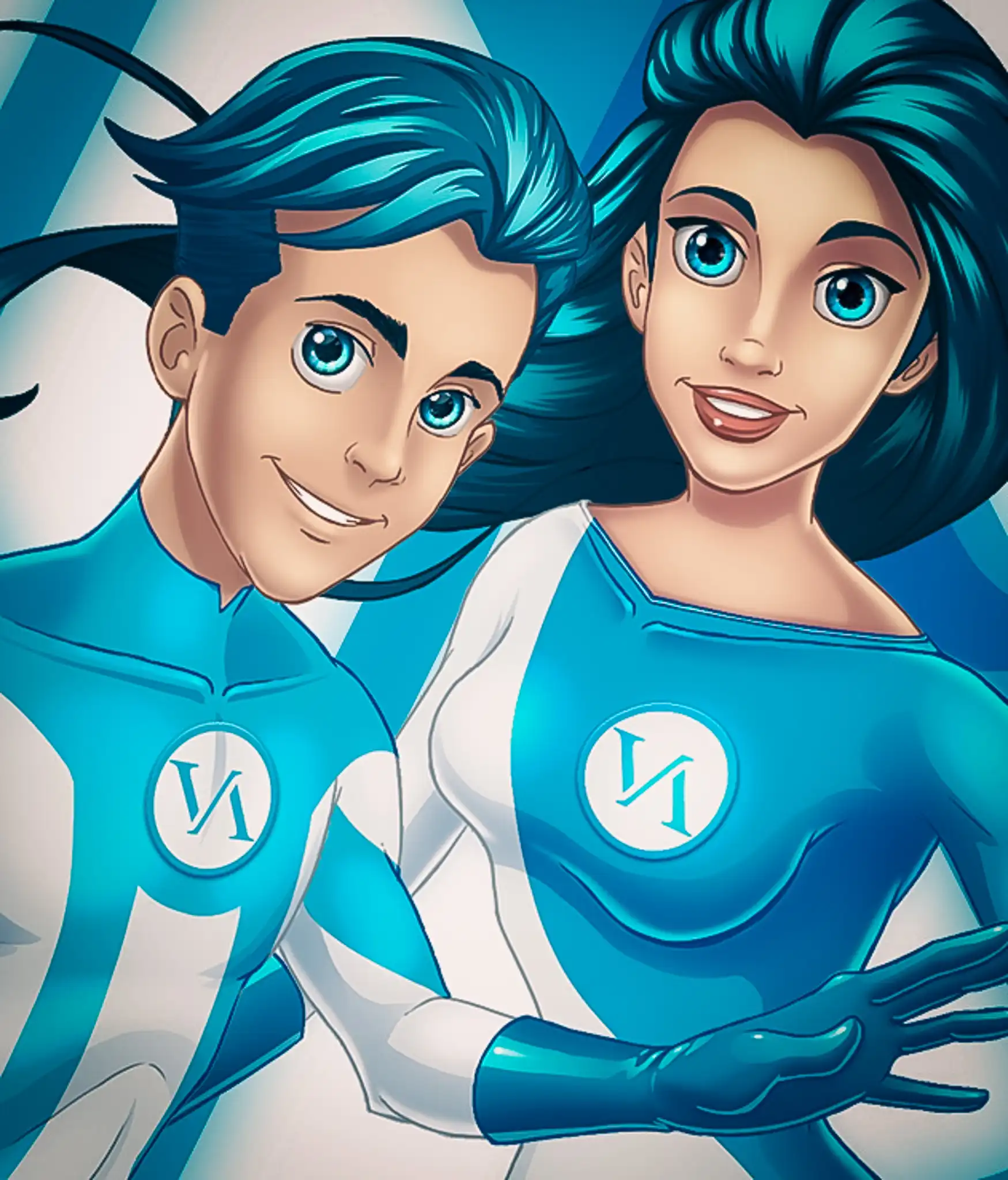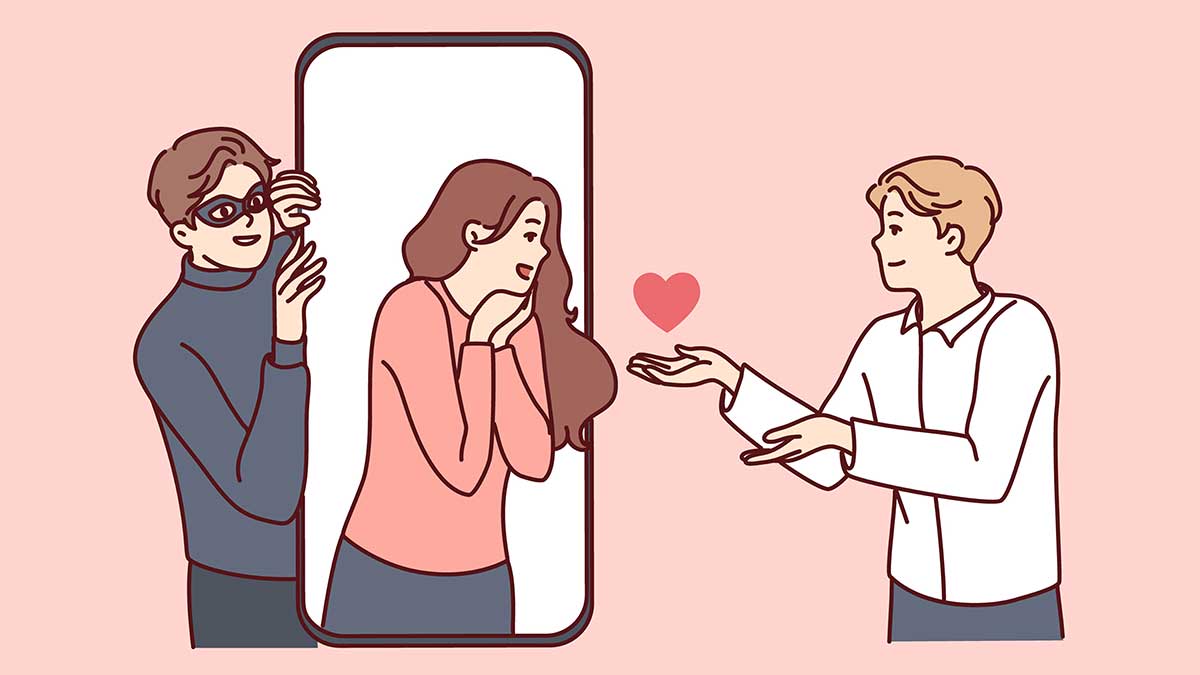 Image: Elada (Motion Array)
Image: Elada (Motion Array)
Author: VANAS Team
The Future of Storytelling is Vertical, and Your Phone (Video)
Table of Contents
- What Is Vertical Drama?
- Why Vertical Drama Is Trending
- How Jeffrey Katzenberg Tried It First with Quibi
- Why Quibi Failed
- Could Quibi Have Succeeded Today?
- How Vertical Drama Is Changing Animation and Filmmaking
- Where Teens Fit into This Future
- Frequently Asked Questions
What Is Vertical Drama?
Let’s start with something simple: What’s vertical drama? It’s a new way of watching shows that are made especially for your phone. You hold your phone upright, and the show fills the screen from top to bottom—just like TikTok or Instagram Reels. These short, intense episodes often focus on suspense, emotions, or fast-paced action.
Vertical drama is designed to fit into your lifestyle. Whether you’re waiting for the bus, in line for coffee, or lying on the couch scrolling, it’s easy to dive in. And guess what? It’s not just goofy content anymore—it’s serious drama, mystery, and even animation.
Why Vertical Drama Is Trending
Vertical drama is getting popular fast, and it’s not hard to see why:
- Phones are the first screen for most people under 25
- TikTok changed how we watch everything
- People want quick entertainment they can finish in a few minutes
- Shows are getting smarter at telling stories in short formats
One example mentioned in CNBC’s video is how filmmakers are learning to create suspense in under 90 seconds. That’s a big deal. Imagine a cliffhanger that fits between your lunch and last class period. That’s the world we’re heading toward.
This trend is also exciting for people interested in Animation. Studios now create content with vertical frames in mind, opening the door for more stylized character design and new visual storytelling methods.
How Jeffrey Katzenberg Tried It First with Quibi
Before vertical drama got hot, one guy tried to start the trend early. His name? Jeffrey Katzenberg. You might’ve heard of him—he co-founded DreamWorks and helped make hits like Shrek and The Prince of Egypt.
In 2020, Katzenberg launched Quibi (short for “quick bites”), a streaming service built specifically for mobile phones. The idea? Super short, high-quality episodes that you could watch in portrait or landscape mode. No laptops. No TVs. Just your phone.
Quibi had:
- A-list celebrities like Kevin Hart and Sophie Turner
- Big budgets for short content
- A rotating screen that let you watch shows in portrait or landscape
Sounds pretty cool, right?
Why Quibi Failed
Even with all that hype, Quibi crashed and burned. The app launched in April 2020 and shut down by December of the same year. That’s less than 8 months.
Why did it fail? Here are a few reasons:
- Launched during COVID lockdowns, when people were watching TV on bigger screens, not phones
- You had to pay to watch, while TikTok was free and fun
- It didn’t allow you to share content easily, making it hard to go viral
- The name “Quibi” didn’t tell you anything about what it was
As Katzenberg himself said, “I attribute everything that has gone wrong to coronavirus.” But maybe it wasn’t just the virus. Maybe Quibi was simply ahead of its time.
Could Quibi Have Succeeded Today?
Now that vertical drama is hot, some people are wondering: did Quibi actually have a shot?
The answer might be yes.
Back in 2020, the idea of watching dramatic stories in portrait mode was still weird. Now, it’s completely normal. Shows on TikTok like “Scattered” and “Reckless” have huge followings, and platforms are pouring money into short-form, mobile-first content.
Here’s what’s changed since Quibi:
- Phones are faster and have better screens
- TikTok made vertical storytelling mainstream
- Viewers now expect cliffhangers and short episodes
- It’s easier to discover and share content with friends
If Quibi had launched today, it might have found its audience. Especially if it was free to start, let people share clips, and focused on creators who already knew how to make content go viral.
This is important for anyone studying or interested in Animation. More platforms now want short animated series that can hook viewers fast. Knowing how to create eye-catching visuals for mobile screens is a big skill to have.
VANAS Online Animation School offers Animation, Visual Effects, and Video Game programs. To launch your career, visit vanas.ca
How Vertical Drama Is Changing Animation and Filmmaking
Animation is right in the middle of this shift. In traditional TV or film, animation was created for wide screens. But now? Artists are thinking up and down, not side to side.
Some key changes in animation for vertical drama:
- Character design is more centered in the frame
- Movements are simpler but bolder
- Dialogue is shorter and more emotional
- Stories rely more on facial expressions and close-ups
A student creating vertical Animation has to think fast: “How do I show someone’s sadness in 2 seconds?” or “How can this scene stand out in a vertical scroll?”
As one creator said in the CNBC video, “You have less time, less space, and more competition for attention. You have to be amazing right away.”
For teens who love drawing, storytelling, or digital effects, this is a big opportunity. You’re growing up in the perfect era to create your own shows on your own phone.
Where Teens Fit into This Future
Let’s be real: teens drive trends. You’re the ones deciding what’s cool, what’s cringe, and what’s worth watching. Studios know this. That’s why they’re investing more in stories that speak your language and live on your screen.
You don’t need a Hollywood studio to make an impact anymore. Just a phone, a good idea, and maybe a few clips on CapCut or Adobe Animate. That’s it.
Want to write a suspense story? Record it in selfie mode. Want to animate a comedy short? Use mobile-friendly tools and post it on YouTube Shorts. Want to be the next big thing in Animation? Study how to tell stories fast and vertically.
The future belongs to creators who can think in portrait mode. And if you’re in high school, you’ve got a head start.
VANAS Online Animation School offers Animation, Visual Effects, and Video Game programs. To launch your career, visit vanas.ca
Frequently Asked Questions
What is vertical drama?
- Vertical drama is a form of storytelling made to be watched in portrait mode on your phone. It’s often short, dramatic, and meant to be viewed quickly between tasks or while on the go.
Is vertical drama the same as TikTok?
- Not exactly. While TikTok features lots of vertical content, vertical drama focuses on narrative storytelling—real characters, plots, and sometimes even professional actors and Animation.
Why didn’t Quibi work?
- Quibi launched at the wrong time, didn’t allow easy sharing, and charged money in a world where free content was everywhere. But the idea behind it is now more popular than ever.
Can I make my own vertical drama?
- Absolutely. Many creators are using phones and free apps to produce short vertical shows. Start with short scenes, learn what makes a good hook, and study mobile editing techniques.
How does vertical drama affect Animation?
- It changes how animators design characters, plan scenes, and pace the story. Everything has to fit a tall screen and grab attention immediately.
Where can I learn to create vertical content?
- Look for animation or media programs that focus on storytelling, editing, and mobile-first production. VANAS Online Animation School is one place that offers Animation, Visual Effects, and Video Game programs built for today’s platforms.
What tools do I need to get started?
- You can start with your phone, a storyboard app, and basic animation software. Later on, tools like Adobe Animate, Procreate, and Blender can help take your work to the next level.
What makes a good vertical episode?
- A strong opening, an emotional hook, great acting or animation, and a short run time. It should feel complete yet leave viewers wanting more.
How long should a vertical drama episode be?
- Most episodes range from 30 seconds to 3 minutes, depending on the platform. The key is to grab attention fast and end with something memorable.
How does vertical storytelling help new animators?
- It’s a great way to test your skills in pacing, design, and editing without needing a big team or budget. You learn to be creative within tight limits—which is what professionals do every day.

